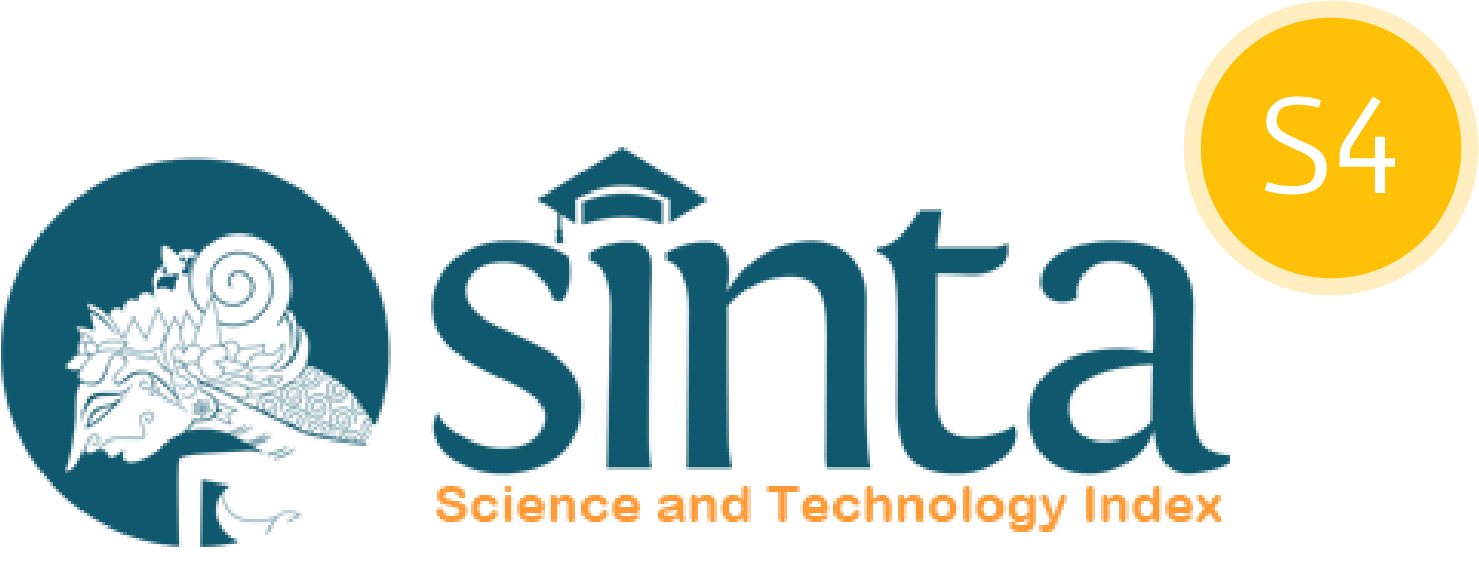Bioconversion of Organic Waste into Maggots as a Substitute for Chicken and Fish Feed at The Trisula Jaya Farmers Group in Tangerang to Support Sustainable Food Security
DOI:
10.29303/ujcs.v6i3.1172Published:
2025-09-30Issue:
Vol. 6 No. 3 (2025): SeptemberKeywords:
Animal Feed, Maggots, Farmer, Food Security, IoTArticles
Downloads
How to Cite
Downloads
Metrics
Abstract
Feed is a crucial requirement in the livestock sector, whether for cattle, fish, chickens, or birds. Frequently rising feed prices make it difficult for farmers to meet their livestock's needs. This also presents a problem for the Trisula Jaya Farmer Group, which focuses on chicken and catfish farming. On the other hand, organic waste production in the community is increasing. Considering these two issues, the Trisula Jaya Farmer Group conducted community service activities to meet the need for animal feed by converting organic waste into animal feed. The community service methods implemented included the use of organic waste shredding machines, drying machines, flouring machines, and temperature and humidity monitoring systems using IoT technology. In addition to implementing organic waste processing technology into maggots, processing maggots into animal feed, using temperature and humidity monitoring systems using IoT technology, training was also conducted on how to operate organic waste processing machines, maggot processing, and using temperature and humidity monitoring systems using IoT technology. Based on the results of the application of technology to process organic waste into maggots and convert them into animal feed using a temperature and humidity monitoring system using IoT technology, the maggots processing has been significantly helpful for the Trisula Jaya Farmer Group in providing feed for the livestock they cultivate.
References
Ahmad, S. M., & Sulistyowati, S. (2021). Pemberdayaan masyarakat budidaya maggot BSF dalam mengatasi kenaikan harga pakan ternak. JE (Journal of Empowerment), 2(2), 243-260.
Bolang, J. (2025). Jumlah penduduk Banten 2025 diprediksi capai 12,5 juta jiwa, Tangerang tetap jadi wilayah terpadat. Diakses dari https://manadopost.jawapos.com/mpedia/285849183/jumlah-penduduk-banten-2025-diprediksi capai-125-juta-jiwa-tangerang-tetap-jadi wilayah-terpadat
Kusuma Purnamasari, D., Julia Ariyanti, B. M., & Erwan, dan. (2021). Potensi Sampah Organik Sebagai Media Tumbuh Maggot Lalat Black Soldier (Hermetia illucens) (The Potency of Organic Waste as Growth Media of Black Soldier Fly (Hermetia illucens) Maggot). Jurnal Ilmu Dan Teknologi Peternakan Indonesia, 7(2), 95–106.
Mabruroh, M., Praswati, A. N., Sina, H. K., & Pangaribowo, D. M. (2022). Pengolahan Sampah Organik Melalui Budidaya Maggot Bsf Organic Waste Processing Through Bsf Maggot Cultivation. Jurnal Empati (Edukasi Masyarakat, Pengabdian Dan Bakti), 3(1), 34. https://doi.org/10.26753/empati.v3i1.742
Nurhasyan, & Basir, B. (2018). Pemanfaatan Limbah Ampas Kelapa Sawit Sebagai Bahan Baku Pakan Untuk Pertumbuhan dan Sintasan Benih Ikan Lele. Agrokompleks, 11(1), 17–25.
Nurhayati, L., Wulandari, L. M. C., Bellanov, A., Dimas, R., & Novianti, N. (2022). Budidaya Maggot sebagai alternatif pakan ikan dan ternak ayam di Desa Balongbendo Sidoarjo. SELAPARANG: Jurnal Pengabdian Masyarakat Berkemajuan, 6(3), 1186-1193.
Putri, R., Rianes, M., & Zulkarnaini, Z. (2023). Sosialisasi Pengolahan Sampah Organik Rumah Tangga dengan Menggunakan Maggot BSF. Jurnal Pengabdian Masyarakat Indonesia, 3(1), 89–94. https://doi.org/10.52436/1.jpmi.926
Salman, S. S., Ukhrowi, L. M., & Azim, M. T. (2020). Budidaya Maggot Lalat BSF sebagai Pakan Ternak. JURNAL KARYA PENGABDIAN, 2(1), 1–6. https://doi.org/10.29303/jkp.v2i1.34
Sholahuddin, S., Wijayanti, R., Supriyadi, S., & Subagiya, S. (2021). Potensi Maggot (Black Soldier Fly) sebagai Pakan Ternak di Desa Miri Kecamatan Kismantoro Wonogiri. PRIMA: Journal of Community Empowering and Services, 5(2), 161. https://doi.org/10.20961/prima.v5i2.45033
Winandika, G., Erlangga, J. S., Latifah, L., Alfiantoro, A., Faridatul, F., Khasanah, Effrilyan, H. A., & Saputri, F. (2024). Ternak Dalam Mengatasi Sampah Organik Di Desa. E-Jurnal Biram Samtani Sains, Vol. 8 No , 21–36.
Author Biographies
Fifit Astuti, Universitas pamulang
Nur Rohmat, Universitas Pamulang
Oky Supriadi, Universitas Pamulang
License
Copyright (c) 2025 Fifit Astuti, Nur Rohmat, Oky Supriadu

This work is licensed under a Creative Commons Attribution 4.0 International License.
You are free to:
- Share — copy and redistribute the material in any medium or format for any purpose, even commercially.
- Adapt — remix, transform, and build upon the material for any purpose, even commercially.
The licensor cannot revoke these freedoms as long as you follow the license terms.
Under the following terms:
- Attribution — You must give appropriate credit, provide a link to the license, and indicate if changes were made. You may do so in any reasonable manner, but not in any way that suggests the licensor endorses you or your use.
- No additional restrictions — You may not apply legal terms or technological measures that legally restrict others from doing anything the license permits.
Notices:
You do not have to comply with the license for elements of the material in the public domain or where your use is permitted by an applicable exception or limitation.
No warranties are given. The license may not give you all of the permissions necessary for your intended use. For example, other rights such as publicity, privacy, or moral rights may limit how you use the material.




